Home>Furniture & Design>Living Room Furniture>How To Fix A Recliner That Won’t Close
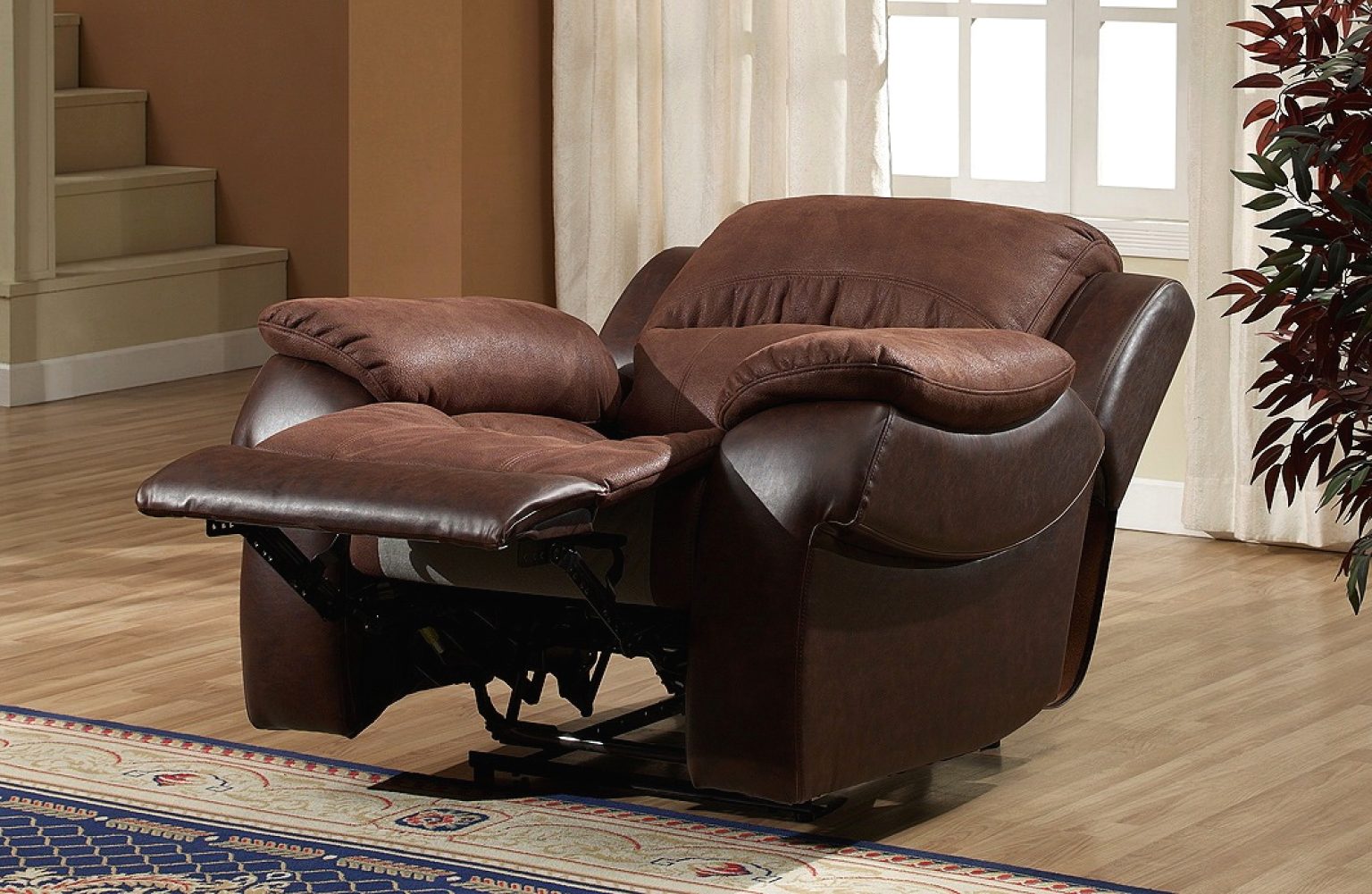

Living Room Furniture
How To Fix A Recliner That Won’t Close
Modified: August 17, 2024
Learn how to easily fix a recliner that won't close with our expert tips and step-by-step guide. Transform your living room furniture and design today!
(Many of the links in this article redirect to a specific reviewed product. Your purchase of these products through affiliate links helps to generate commission for Storables.com, at no extra cost. Learn more)
Introduction
Welcome to the world of relaxation and comfort – the realm of recliners! These wonderful pieces of furniture are designed to provide you with the ultimate lounging experience, allowing you to kick back, unwind, and enjoy your favorite activities in a state of blissful repose. However, as with any mechanical device, a recliner may encounter issues over time. One common problem that recliner owners may face is when the recliner won’t close. This can be a frustrating situation, but fear not – there are several steps you can take to troubleshoot and resolve this issue.
In this guide, we’ll walk through the process of diagnosing and addressing the problem of a recliner that refuses to close. From checking for obstructions to inspecting the springs and adjusting the tension, we’ll cover the essential steps to help you get your recliner back in working order. By the end of this article, you’ll have the knowledge and confidence to tackle this issue and restore your recliner to its former glory.
So, grab your toolbox and let’s dive into the world of recliner repair. With a little patience and know-how, you’ll soon be enjoying the soothing embrace of your fully functional recliner once again.
Key Takeaways:
- Don’t panic if your recliner won’t close! Check for obstructions, lubricate the mechanism, inspect the springs, and adjust the tension to troubleshoot and restore its functionality.
- Regular maintenance and care can prevent issues with your recliner. Keep it clear of debris, lubricate moving parts, and inspect springs and release handle to maintain its functionality.
Read more: How To Close Recliner Chair
Check for Obstructions
When your recliner refuses to close, the first step is to check for any obstructions that may be impeding its movement. Over time, debris, small objects, or even misplaced items can find their way into the reclining mechanism, preventing it from operating smoothly. To begin the inspection, flip the recliner onto its side to gain access to the underside of the chair.
Using a flashlight, carefully examine the area around the reclining mechanism, paying close attention to the joints, hinges, and moving parts. Look for any foreign objects, such as loose screws, small toys, or bits of debris that may have become lodged in the mechanism. If you spot any obstructions, carefully remove them using a pair of pliers or a small handheld vacuum, taking care not to damage the surrounding components.
Next, check the area beneath the seat and between the cushions for any items that may have fallen into the recliner’s internal mechanism. It’s not uncommon for small objects to find their way into the crevices of the chair, causing interference with the reclining function. Clearing out any debris or foreign objects from these areas can often resolve the issue and allow the recliner to close properly.
Once you’ve thoroughly inspected the recliner for obstructions and removed any impediments, test the reclining function to see if the issue has been resolved. If the recliner still won’t close, it’s time to move on to the next troubleshooting step.
Lubricate the Mechanism
If your recliner is still refusing to close after checking for obstructions, the next step is to lubricate the reclining mechanism. Over time, the moving parts of a recliner can become dry, leading to friction and resistance that prevent smooth operation. By applying lubrication to the appropriate components, you can often restore the recliner’s functionality and resolve the issue.
Begin by identifying the pivot points, hinges, and moving parts of the recliner mechanism. These areas are where friction is most likely to occur and can benefit from lubrication. Using a suitable lubricant, such as a silicone-based spray or a specialized furniture lubricant, apply a small amount to each pivot point and moving joint. Be sure to follow the manufacturer’s recommendations for the type of lubricant to use, as certain products may be better suited for specific recliner mechanisms.
After applying the lubricant, gently move the recliner through its range of motion to distribute the lubrication evenly and allow it to penetrate the moving parts. This can help to reduce friction, minimize resistance, and restore the smooth operation of the reclining mechanism. Additionally, operating the recliner after lubrication can help to work the lubricant into the joints and hinges, further improving the functionality of the recliner.
Once the lubrication process is complete, test the recliner to see if it now closes properly. If the issue persists, it’s time to move on to the next step in the troubleshooting process.
Inspect the Springs
When dealing with a recliner that won’t close, it’s important to pay close attention to the springs, as they play a crucial role in the reclining and closing mechanisms. Over time, the springs in a recliner can become worn, damaged, or misaligned, leading to issues with the reclining function. By inspecting the springs, you can identify any potential problems and take steps to address them.
Begin by carefully examining the springs within the recliner. Depending on the design of the chair, the springs may be located beneath the seat, within the backrest, or along the sides of the reclining mechanism. Look for signs of wear, such as sagging or stretching, as well as any visible damage to the springs themselves. Additionally, check for any misalignment or dislodgment of the springs that may be affecting the recliner’s operation.
If you notice any issues with the springs, such as damage or misalignment, it may be necessary to repair or replace them to restore the functionality of the recliner. In some cases, simple adjustments or realignment of the springs may be sufficient to resolve the issue. However, if the springs are significantly worn or damaged, it may be necessary to replace them with new ones to ensure optimal performance.
When working with recliner springs, it’s important to exercise caution and follow any manufacturer guidelines for maintenance and repair. If you’re unsure about how to proceed, it may be best to consult a professional furniture repair technician who can assess the condition of the springs and recommend the appropriate course of action.
After addressing any issues with the springs, test the recliner to see if the problem has been resolved. If the recliner still won’t close properly, it’s time to move on to the next step in the troubleshooting process.
Check the recliner’s mechanism for any obstructions or loose parts. Tighten any loose screws and lubricate any moving parts. If the problem persists, consider seeking professional help.
Check the Release Handle
Another potential culprit when a recliner won’t close is the release handle, which is responsible for activating the reclining and closing mechanisms. The release handle, often located on the side of the recliner, is designed to engage and disengage the reclining function, allowing the chair to transition between its upright and reclined positions. If the release handle is not functioning correctly, it can impede the recliner’s ability to close smoothly.
Begin by inspecting the release handle for any visible damage, wear, or misalignment. Check for loose or missing screws, cracks in the handle, or any signs of wear and tear that may be affecting its operation. Additionally, ensure that the release handle is securely attached to the recliner and that there are no obstructions or debris interfering with its movement.
If the release handle appears to be in good condition, test its functionality by engaging and disengaging the reclining mechanism. Pay close attention to how the handle operates and whether it moves smoothly without any resistance or sticking. If you notice any issues with the release handle, such as stiffness or difficulty in engaging the reclining function, it may be necessary to address these issues to restore the proper operation of the recliner.
One potential solution for addressing problems with the release handle is to apply lubrication to the moving parts and joints associated with the handle. This can help to reduce friction and improve the handle’s functionality. Additionally, tightening any loose screws or making minor adjustments to the handle’s positioning may also help to resolve issues with its operation.
After inspecting and, if necessary, addressing any issues with the release handle, test the recliner to see if the problem has been resolved. If the recliner still won’t close as expected, it’s time to move on to the next step in the troubleshooting process.
Read more: How To Manually Close Electric Recliner
Adjust the Tension
When all else fails and your recliner still refuses to close, it may be time to consider adjusting the tension within the reclining mechanism. The tension in a recliner is responsible for controlling the resistance and ease of movement when transitioning between the upright and reclined positions. If the tension is too tight or too loose, it can affect the recliner’s ability to close smoothly.
Begin by identifying the tension adjustment mechanisms on your recliner. Depending on the design of the chair, these mechanisms may be located beneath the seat, within the backrest, or along the sides of the reclining mechanism. Refer to the manufacturer’s guidelines or user manual to locate the specific tension adjustment points and understand how they can be modified.
If the tension is too tight, the recliner may have difficulty closing, requiring excessive force to transition from the reclined to the upright position. Conversely, if the tension is too loose, the recliner may close too easily, lacking the necessary support and stability in the upright position. By making appropriate adjustments to the tension, you can optimize the recliner’s functionality and ensure smooth operation.
Using the appropriate tools as recommended by the manufacturer, carefully adjust the tension settings according to the provided instructions. This may involve tightening or loosening specific components within the reclining mechanism to achieve the desired level of tension. Take care to make gradual adjustments and test the recliner’s operation after each modification to assess the impact on its functionality.
After adjusting the tension, test the recliner to see if the problem has been resolved. If the recliner now closes smoothly and operates as expected, congratulations – you’ve successfully addressed the issue. However, if the problem persists, it may be necessary to seek professional assistance to diagnose and resolve the underlying cause of the recliner’s reluctance to close.
Conclusion
Congratulations on navigating the troubleshooting journey to address a recliner that refuses to close. By following the steps outlined in this guide, you’ve gained valuable insights into diagnosing and resolving common issues that can affect the functionality of a recliner. Whether it’s clearing obstructions, lubricating the mechanism, inspecting the springs, checking the release handle, or adjusting the tension, you’ve taken proactive measures to restore your recliner to its optimal condition.
It’s important to remember that regular maintenance and care can go a long way in preventing issues with your recliner. Simple tasks such as keeping the area around the recliner clear of debris, periodically lubricating the moving parts, and conducting visual inspections of the springs and release handle can help to maintain the recliner’s functionality and prolong its lifespan.
If, despite your best efforts, the recliner still presents challenges in closing properly, don’t hesitate to seek professional assistance. A qualified furniture repair technician can provide expert insight and solutions to address more complex issues, ensuring that your recliner receives the attention it needs to function smoothly and reliably.
Remember, a well-maintained recliner is not just a piece of furniture – it’s a sanctuary of comfort and relaxation where you can unwind and rejuvenate. By staying proactive and attentive to the needs of your recliner, you can continue to enjoy its embrace for years to come.
So, take pride in your newfound knowledge and the steps you’ve taken to resolve the issue at hand. With a little care and attention, your recliner will once again be ready to provide you with the comfort and tranquility you deserve.
Now that you've got your recliner closing smoothly again, why stop there? Enhance your DIY skills further with our detailed guide on crafting recliner mechanisms. This guide provides everything needed to master the intricacies of these essential parts, ensuring your recliner operates flawlessly for years to come. Step into a world where comfort meets creativity, and keep your home furniture in top-notch condition!
Frequently Asked Questions about How To Fix A Recliner That Won't Close
Was this page helpful?
At Storables.com, we guarantee accurate and reliable information. Our content, validated by Expert Board Contributors, is crafted following stringent Editorial Policies. We're committed to providing you with well-researched, expert-backed insights for all your informational needs.
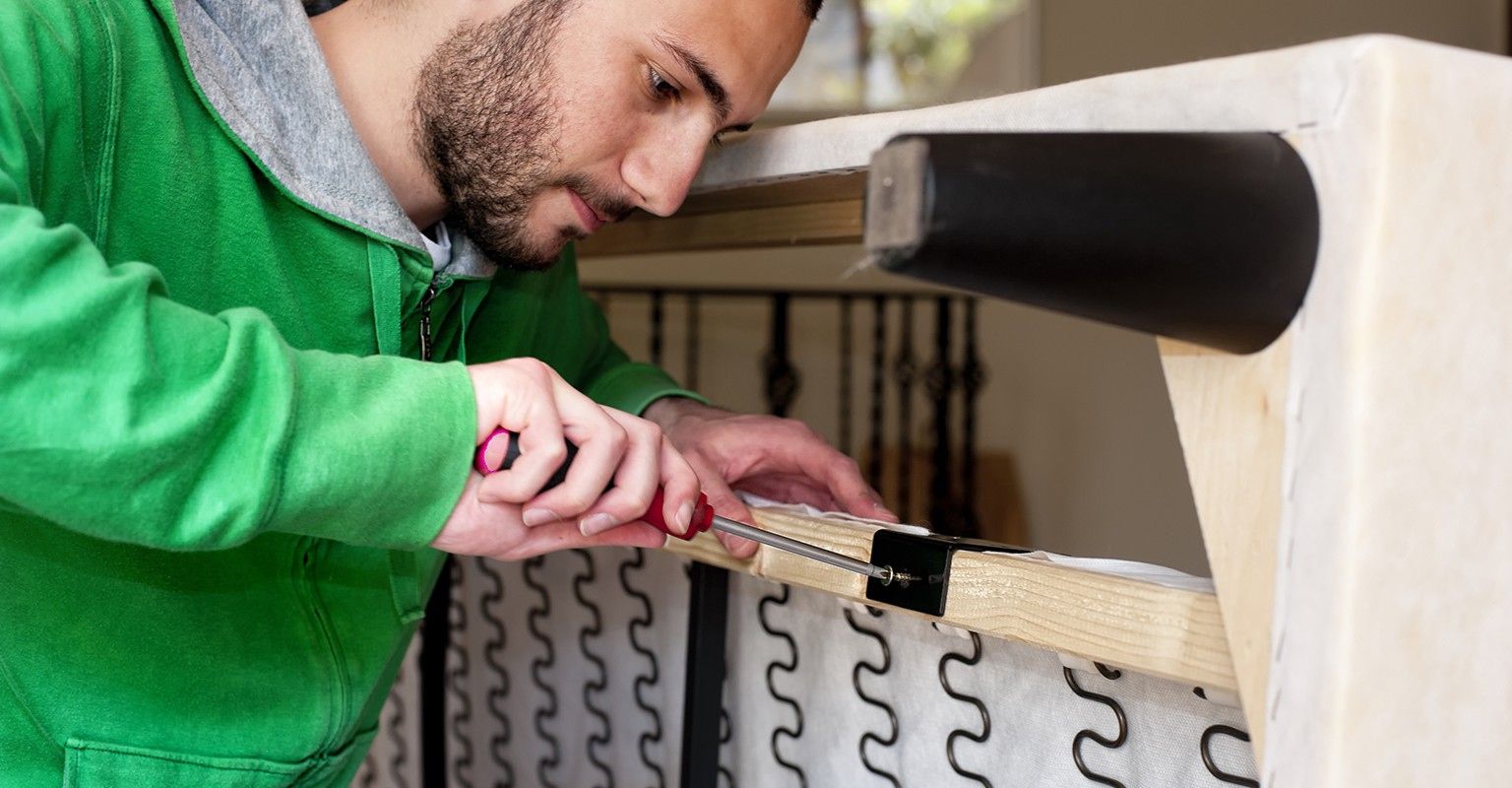
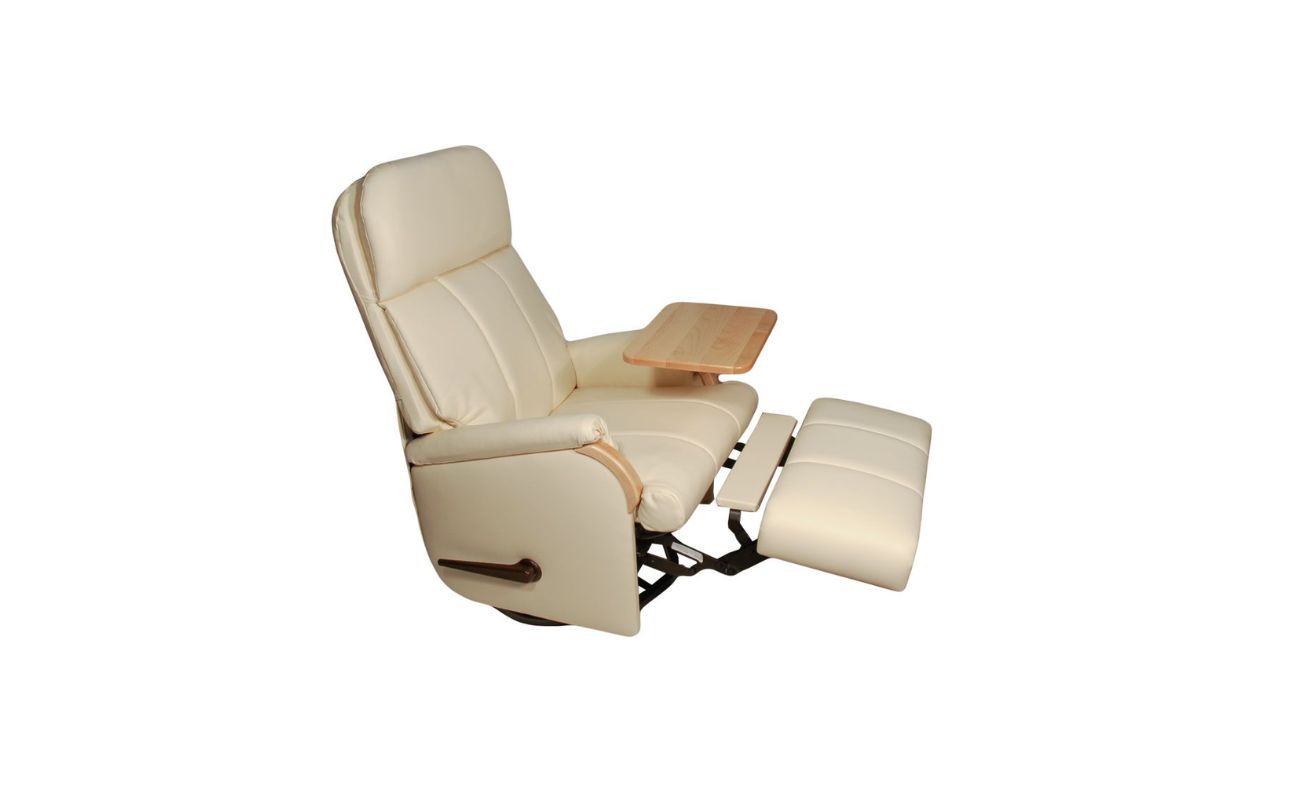
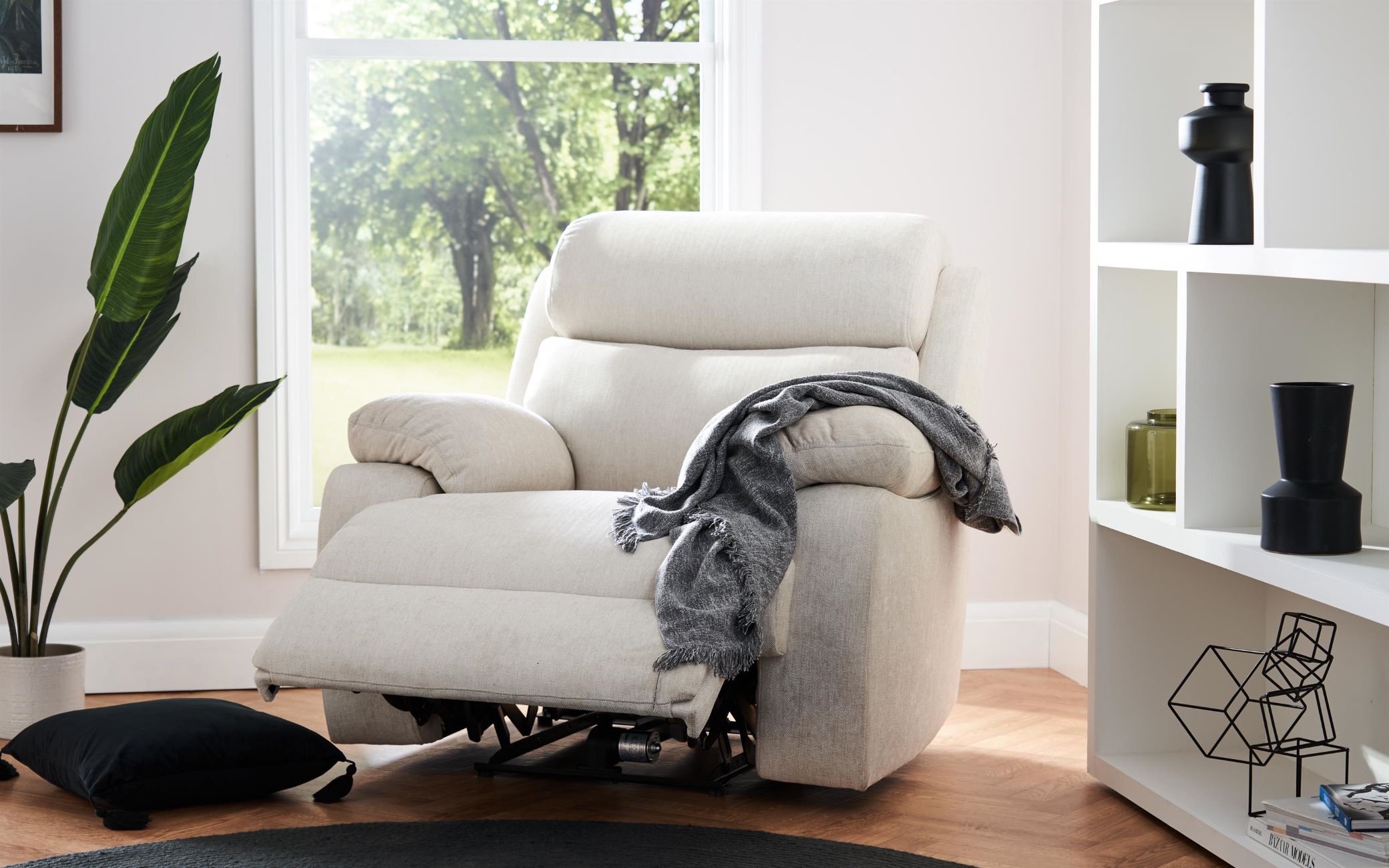
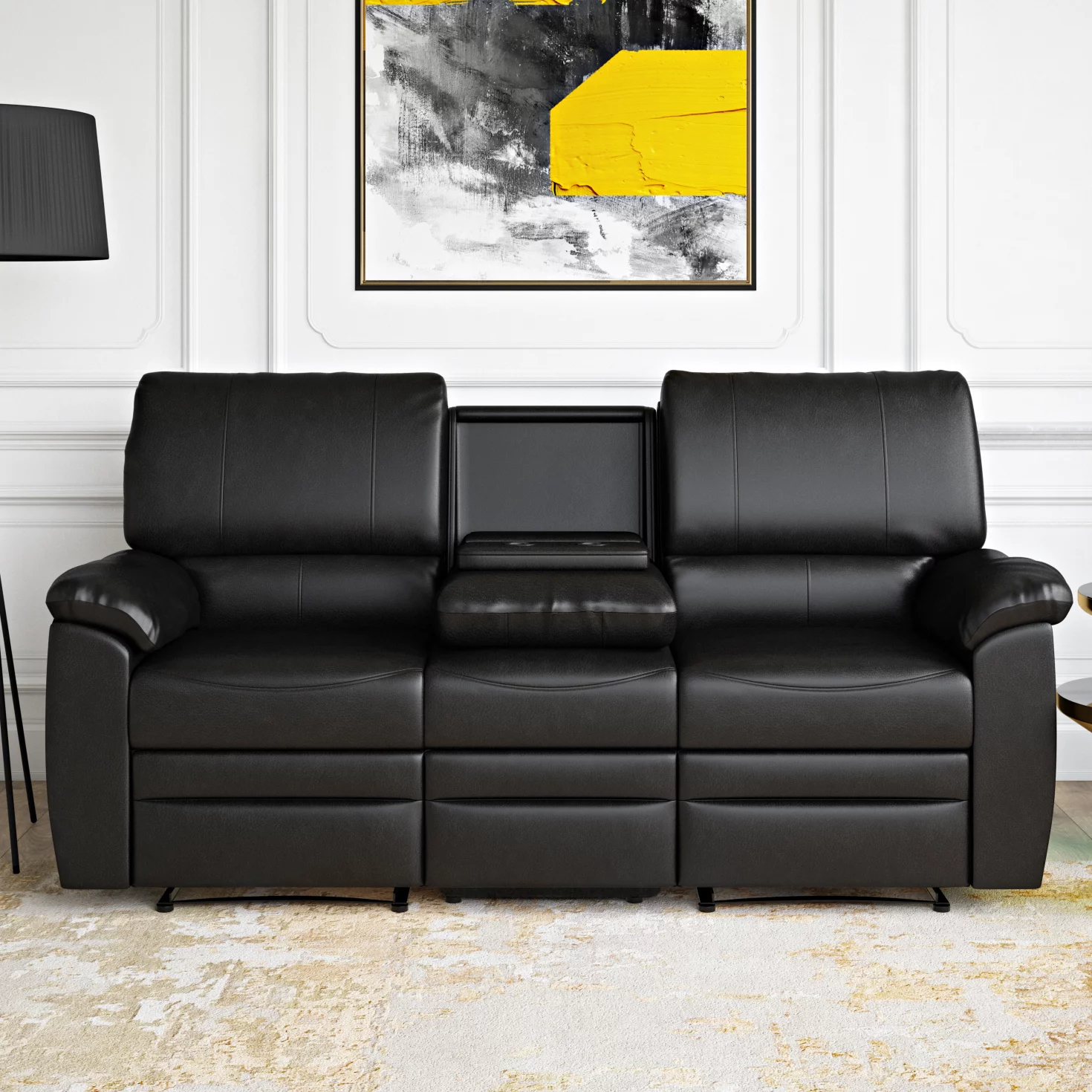
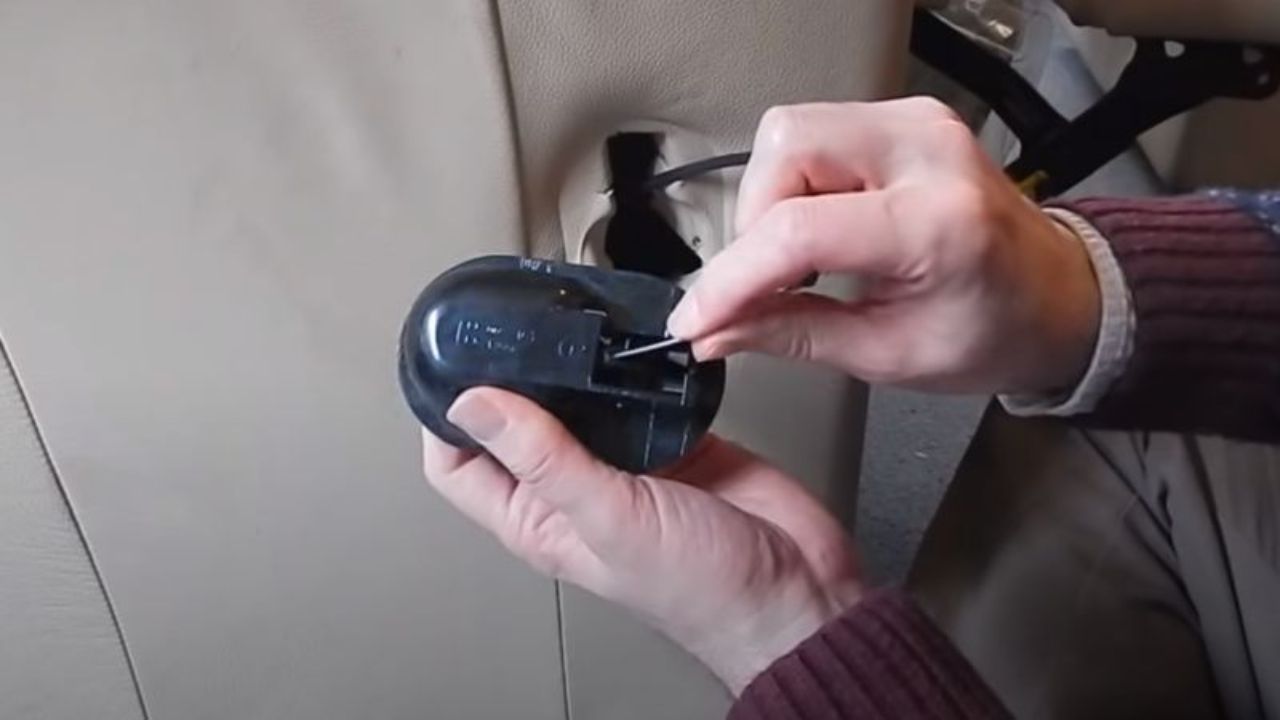
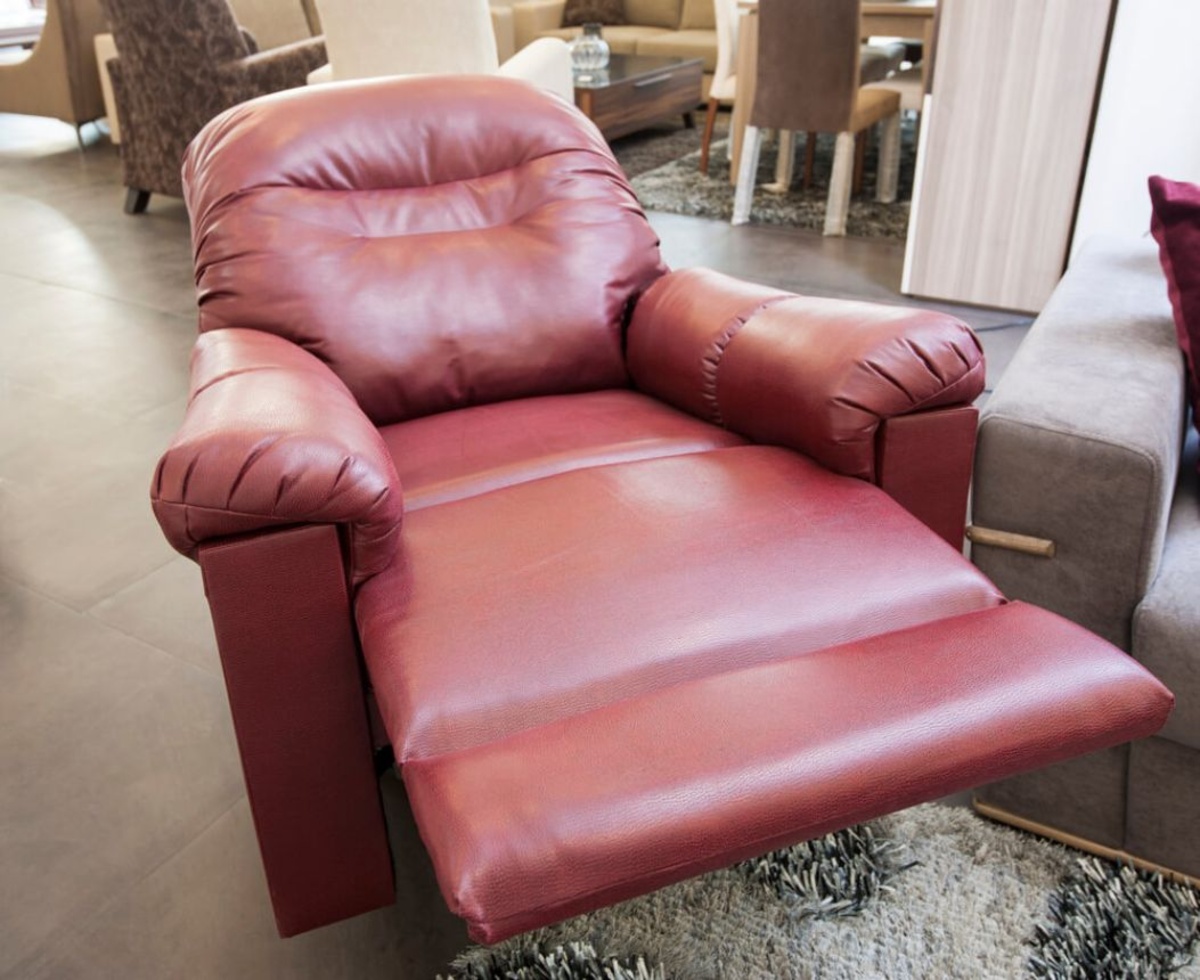
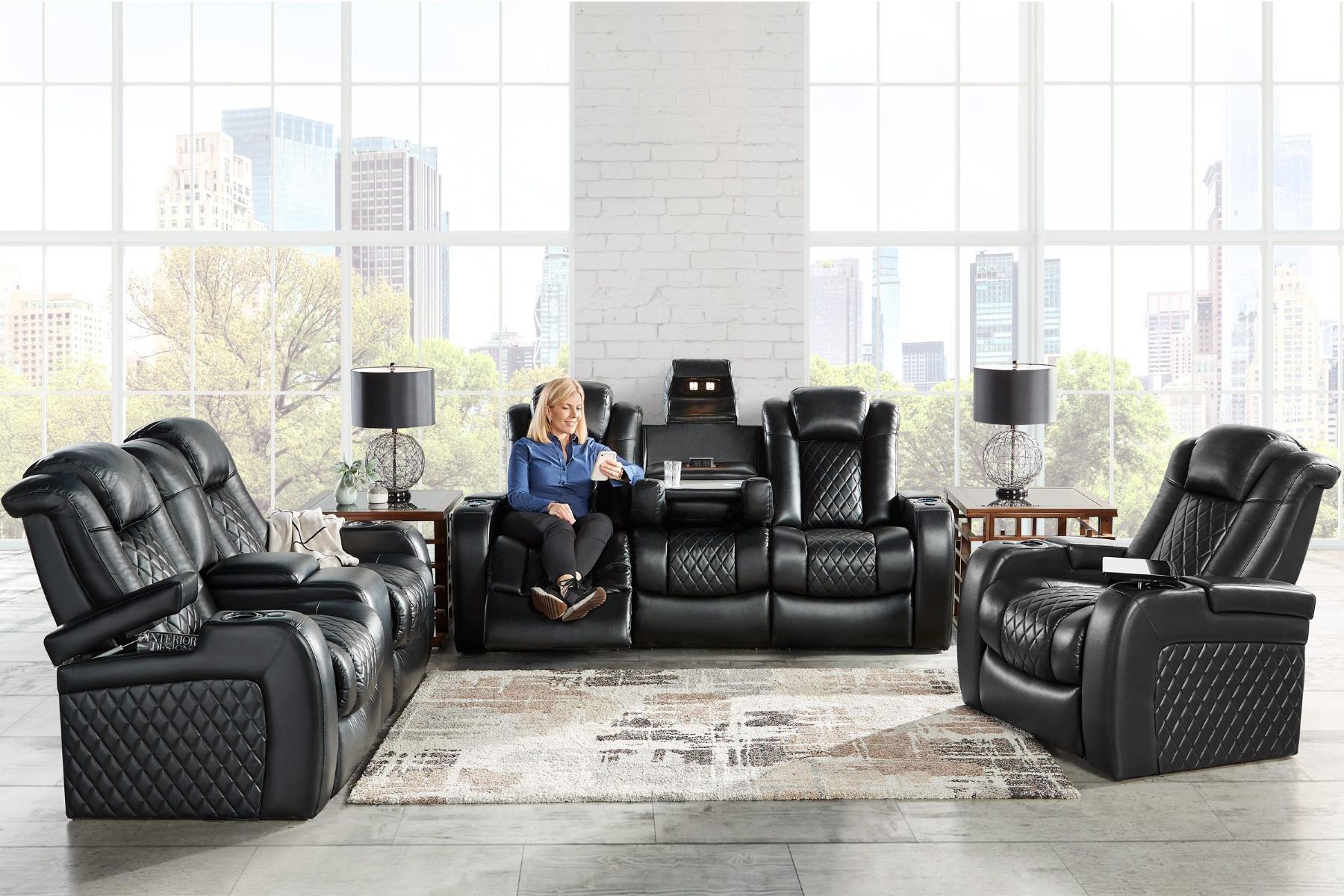
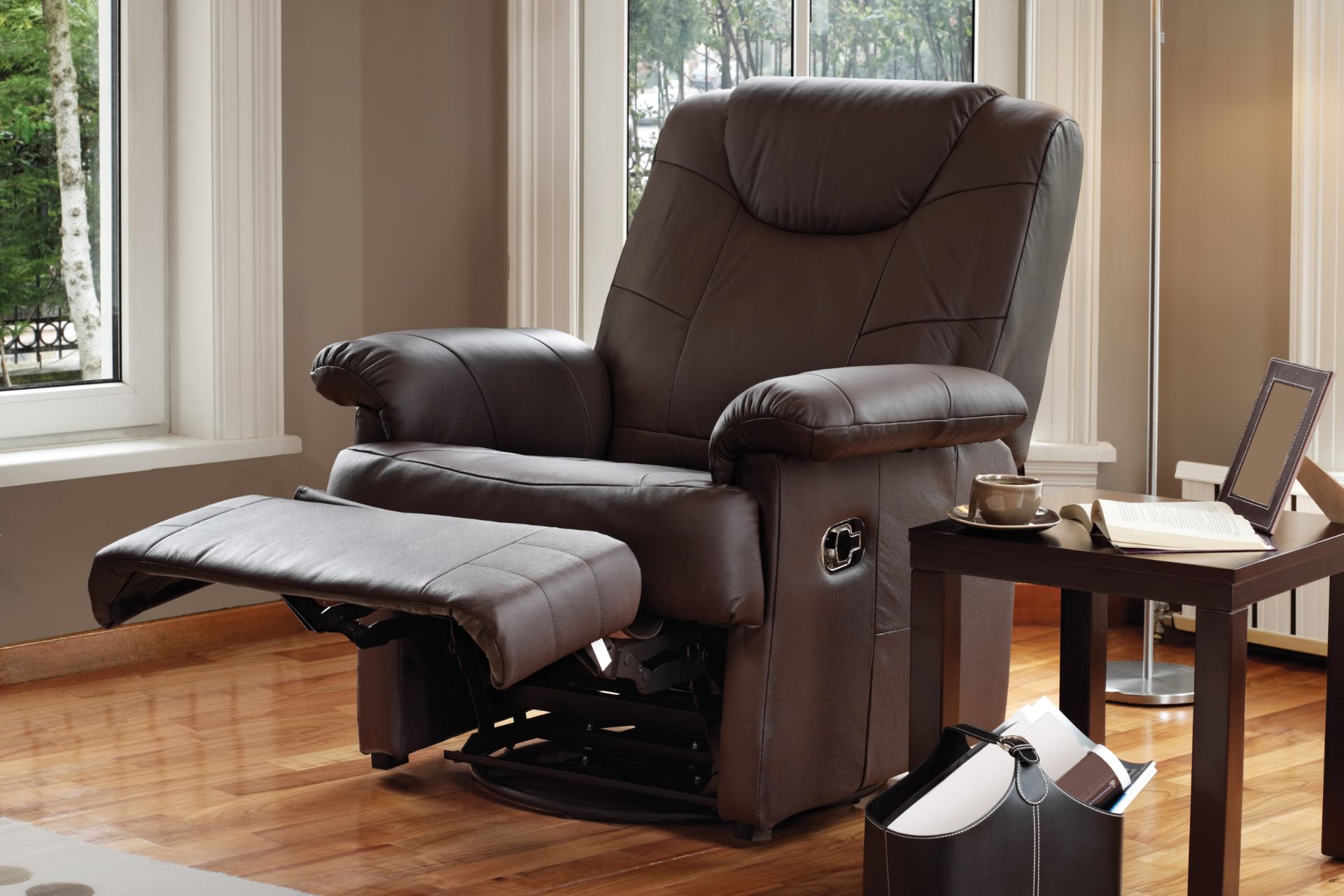
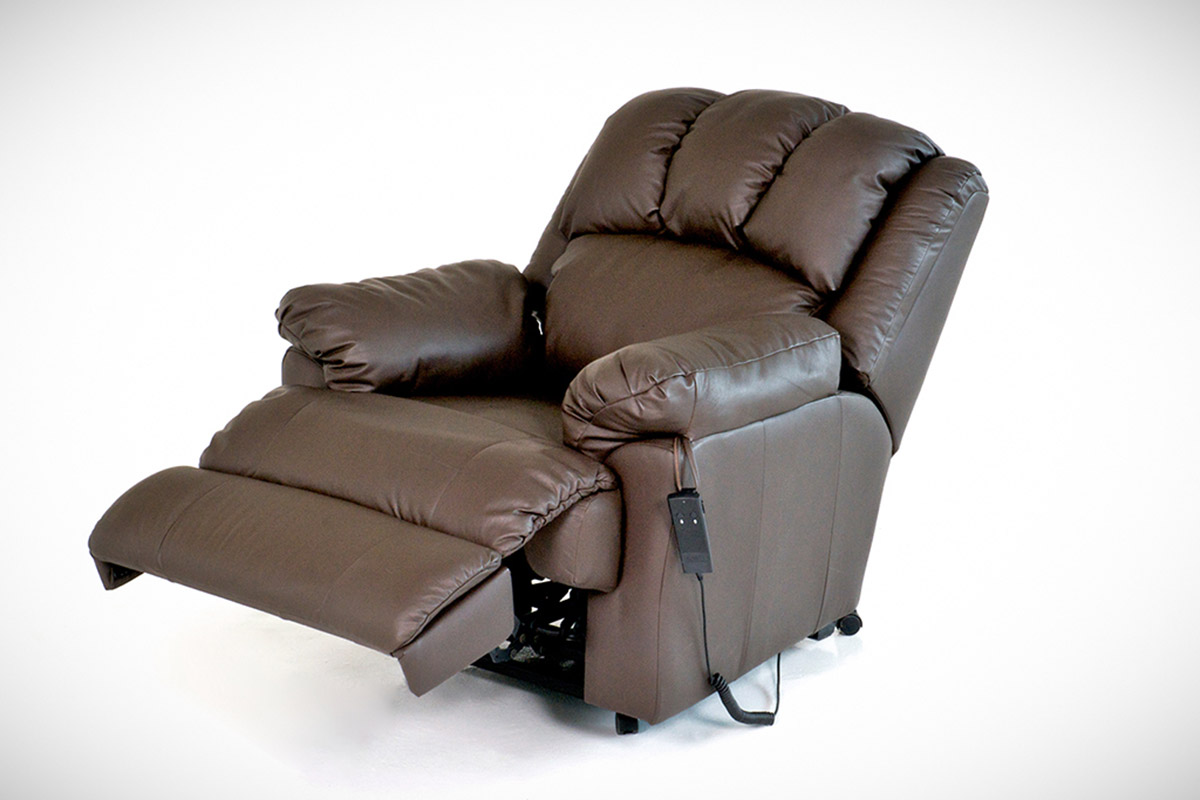
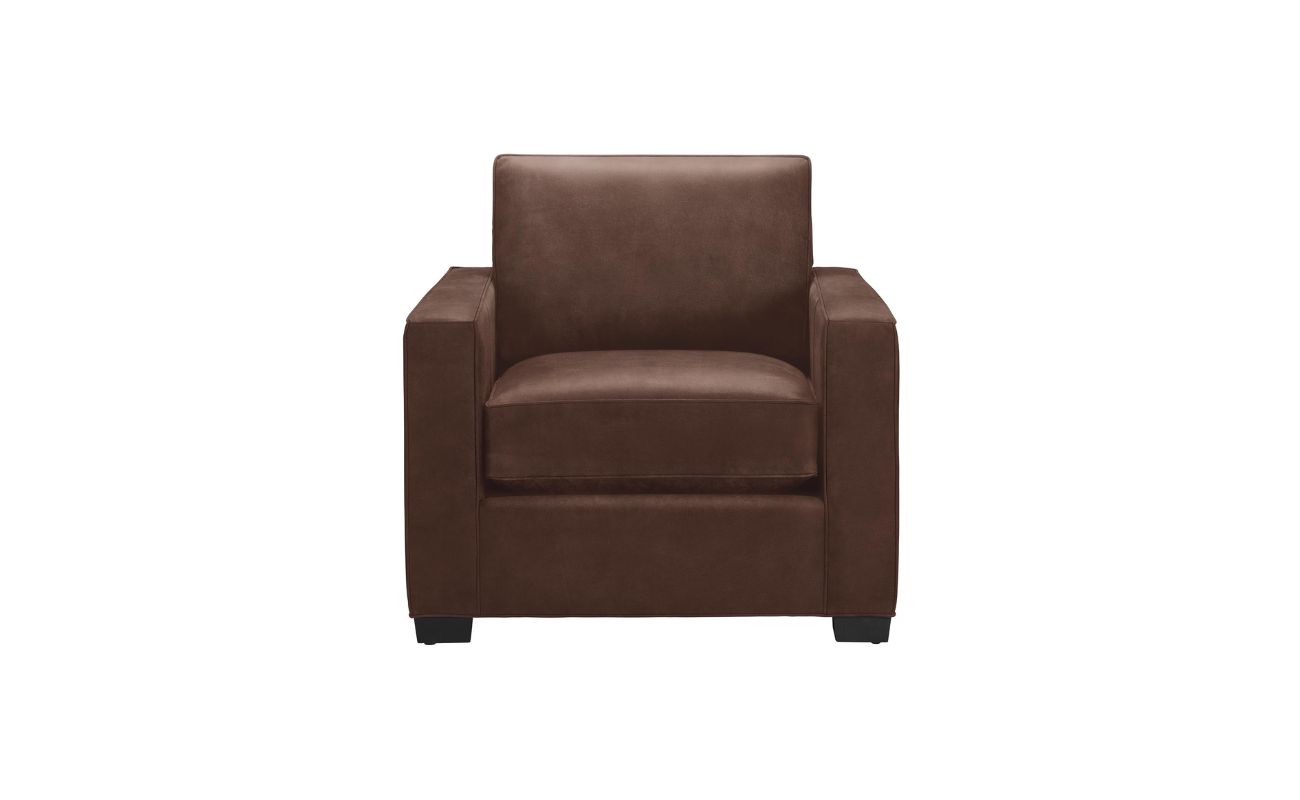
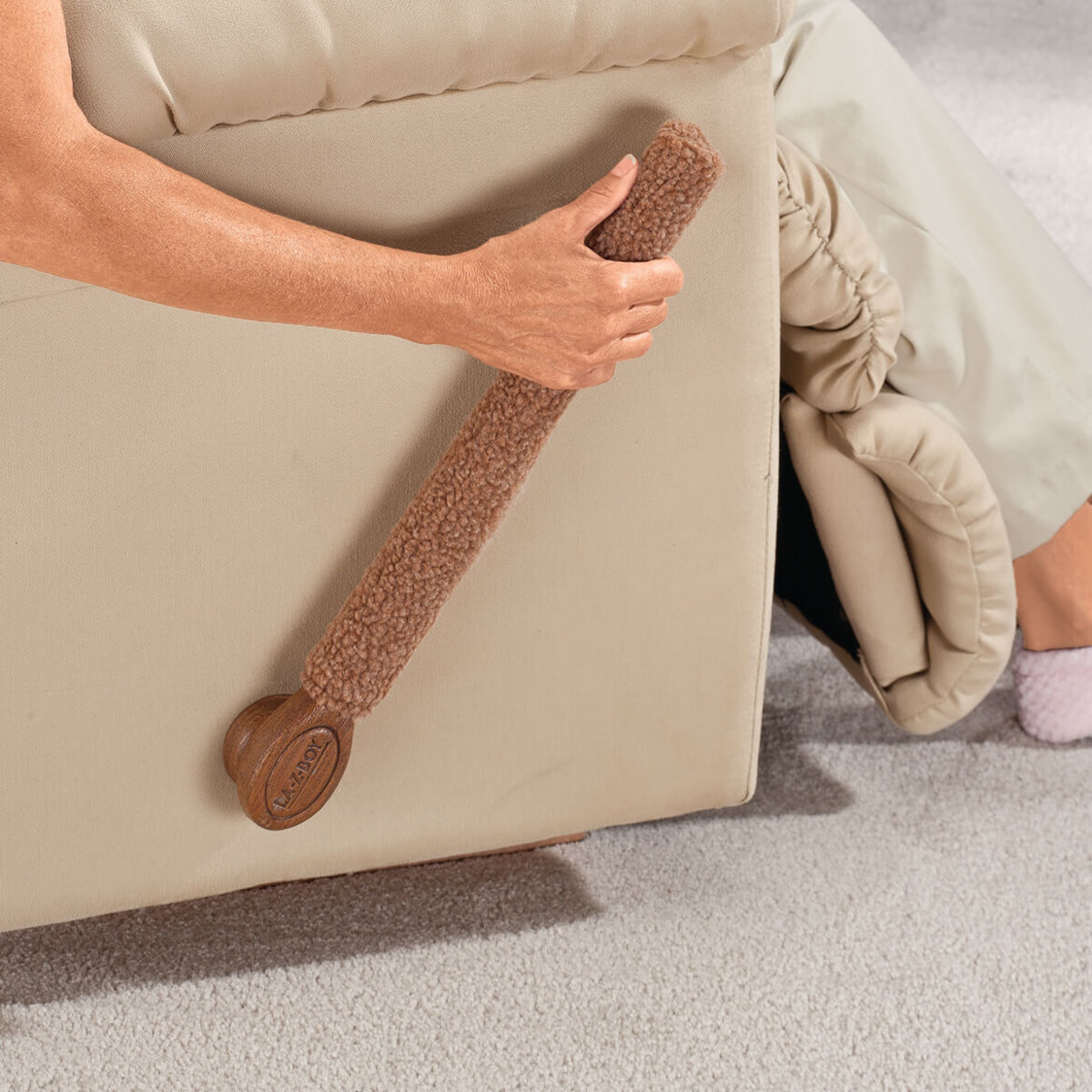
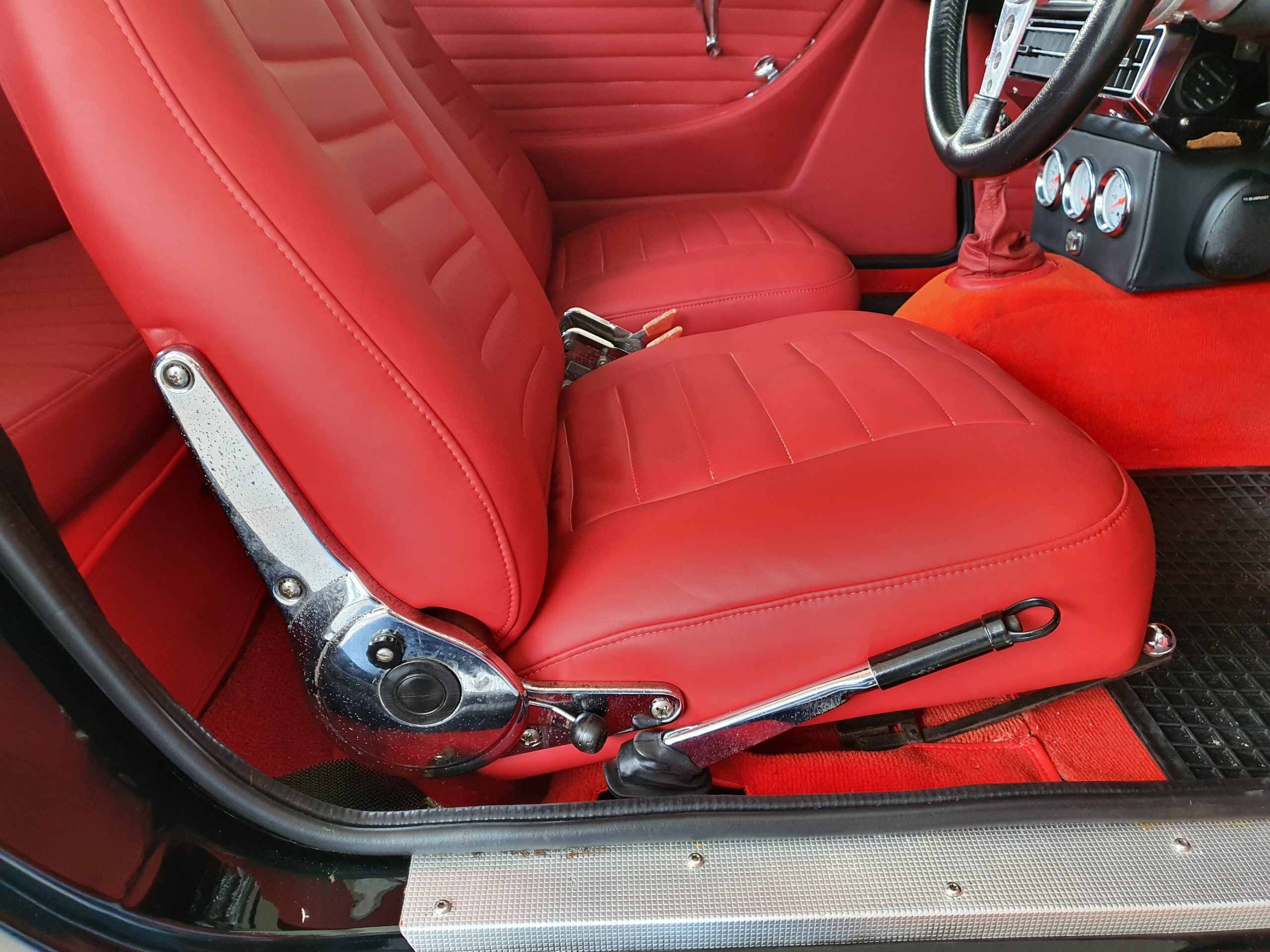
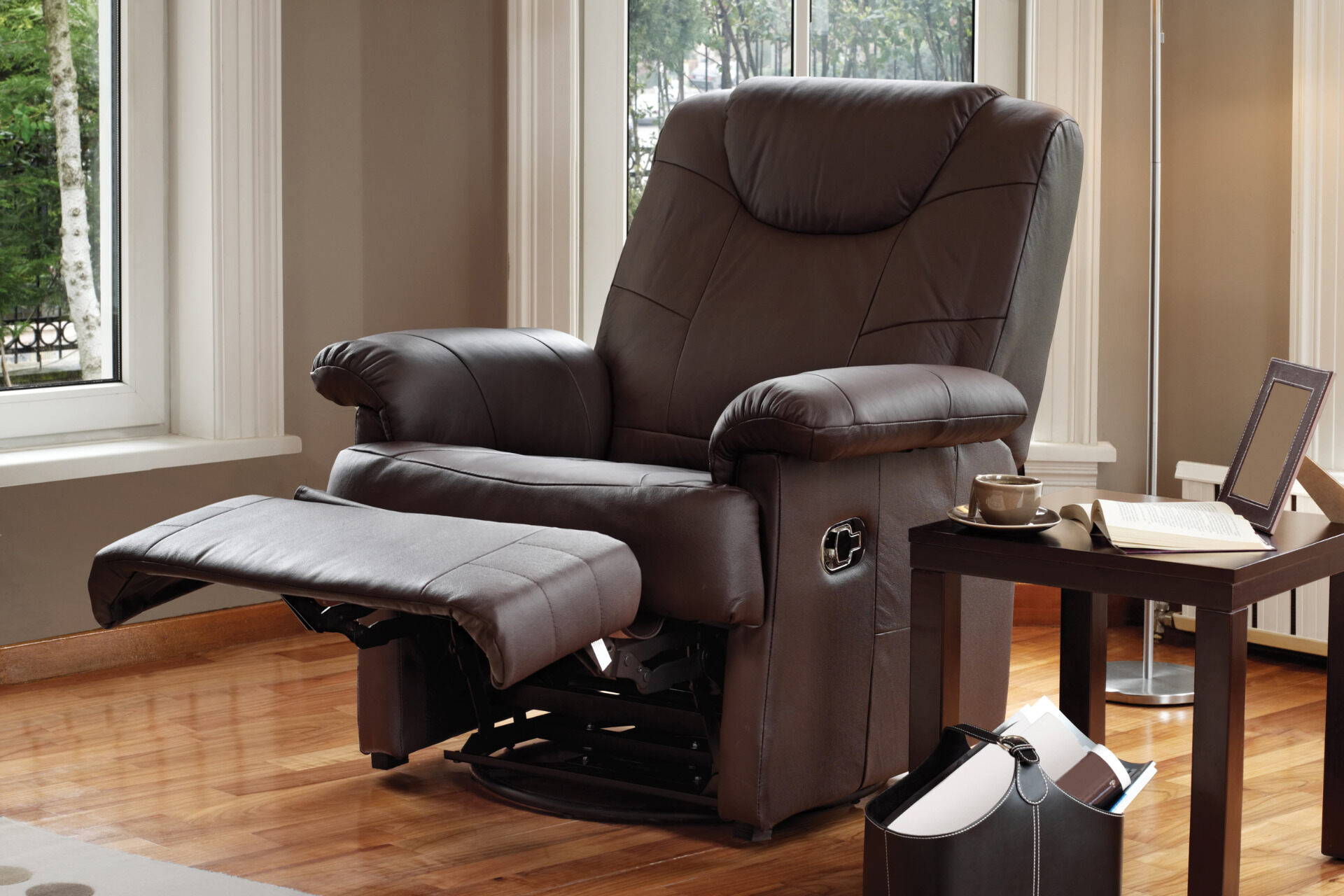
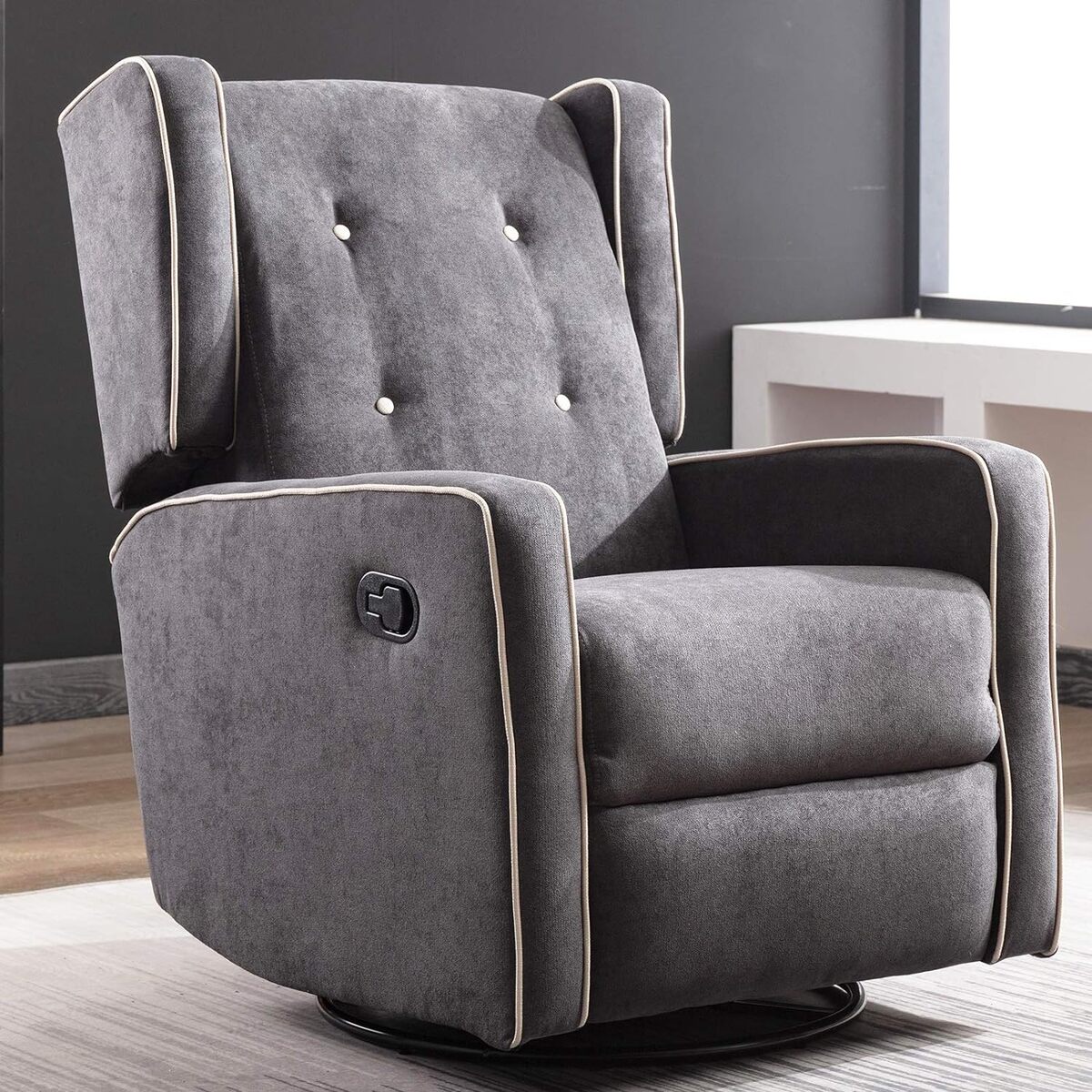

0 thoughts on “How To Fix A Recliner That Won’t Close”